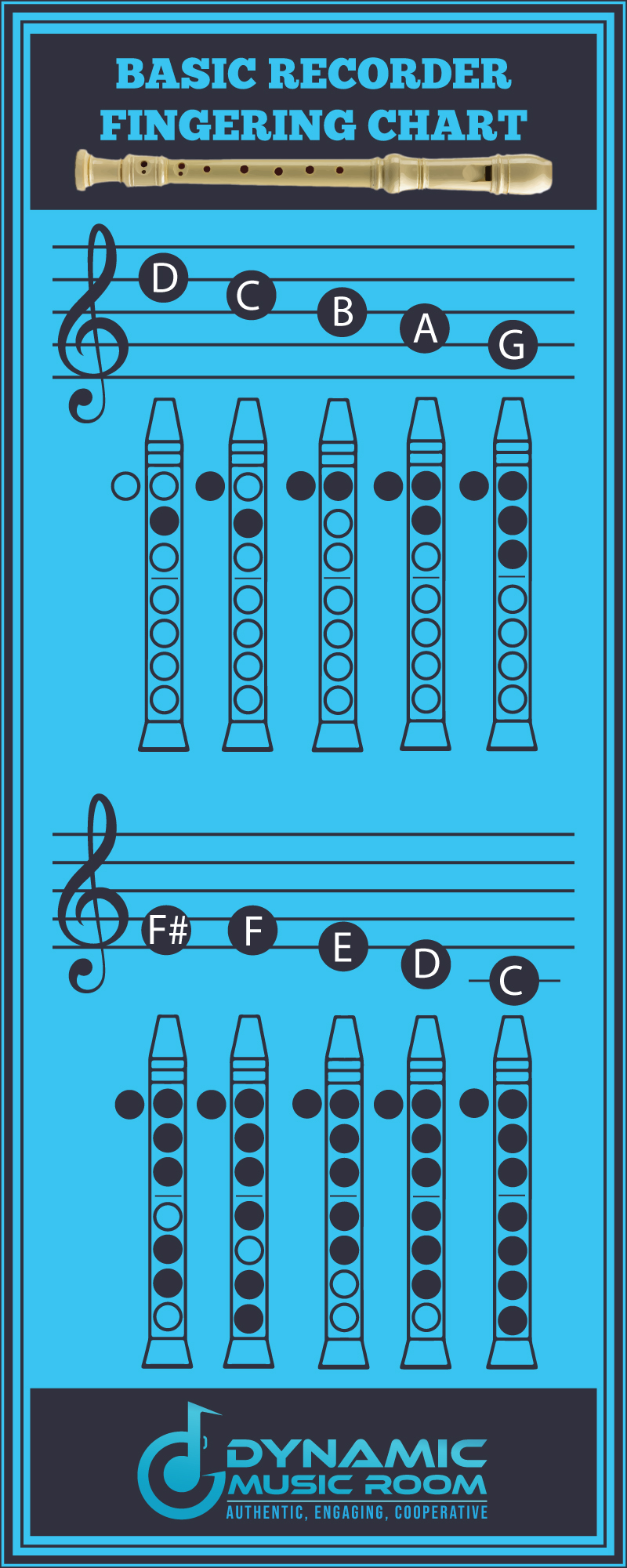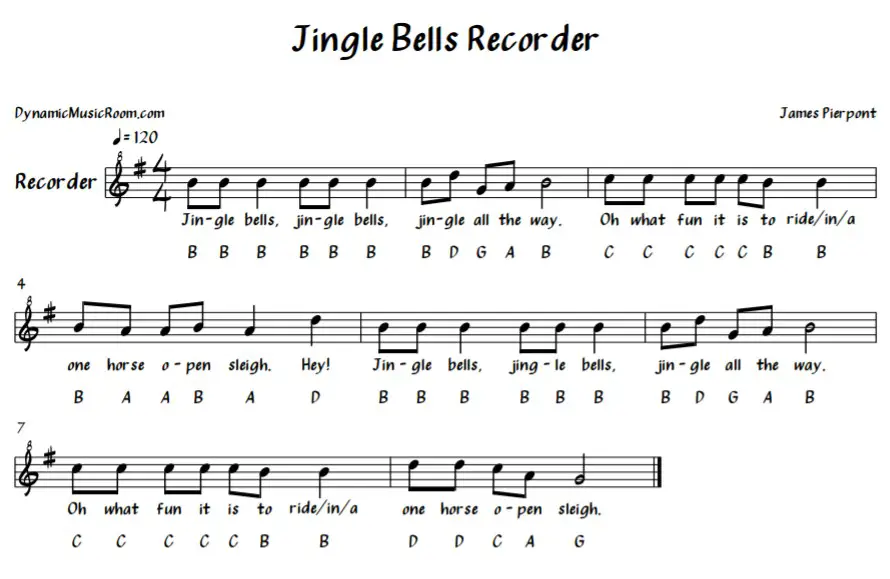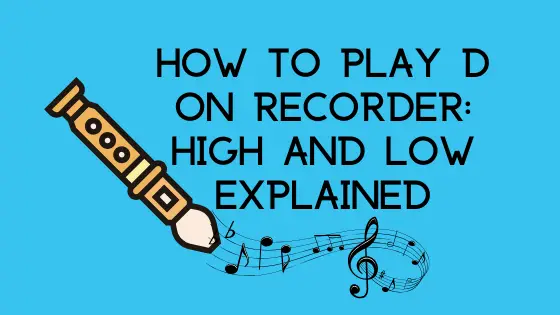Do you want some help learning about the notes D on recorder?
Are you struggling to tell the difference between high and low D?
D is one of the more common notes on recorder, and it’s the first one most people learn in their high and low forms.
My students often struggle with remember which is which, so I’m always asked:
How do you play D on recorder?
Playing high and low D isn’t hard on the recorder. High D is on the 4th line from the bottom and is played with the middle finger on the second hole. Low D is on the space below the staff and is played thumb, 1, 2, 3, 4, 5, and 6.
Look ahead for more details on high and low D on the soprano recorder and two songs for help to reinforce it.
Table of Contents
What Is High D On The Recorder?
High D on recorder is the 5th note I teach my students on recorder. For some, it’s the 6th or 7th note.
Either way, it’s around the middle of the note learning sequence for most people.
High D sits on the 4th line from the bottom on the treble clef staff.
Fingering the high D couldn’t be more simple.
All you do is put your middle finger on the 2nd hole!
No thumb is needed to play this note. In fact, it’s the only basic note which requires no thumb at all.
For some new recorder players, the challenge isn’t in fingering and playing the note so it sounds good; the challenge comes from balancing the recorder without the left-hand thumb.
You always need two points to balance the recorder, but with this note, the balance comes from your lips on the end of the mouthpiece and your right-hand thumb underneath where the fourth and fifth holes are.
Too often, new students get in the habit of putting all the weight of the recorder on their left-hand thumb. This actually hinders flexibility and agility.
It should come from the right-hand thumb.
Never wrap your left-hand pinky underneath the recorder to help hold it. Even though the left-hand pinky isn’t used, wrapping it around the recorder to help basically locks your fingers in place and even hurts your hand over time.
Check out the below basic recorder fingering chart for where the note sits on the staff and how to finger it.
This is the easiest high note to play. After this is high E, learn how to play high E on recorder.

How Do You Play Low D On The Recorder?
Low D is kind of a trick note in my experience. It’s going to use almost all of your fingers, and as a low note, you need to make sure your air is extra gentle.
In fact, on plastic recorders the note tends to squeak so much, I consider low D to be the last of the practical notes on the recorder. The other ones have such a hard time speaking on recorder.
Low D sits on the space just below the staff on treble clef as the image above shows.
Fingering low D on recorder is described like this:
- Left-hand thumb on the back
- Left-hand pointer on the first hole
- LH middle on the second
- LH ring on the third hole
- Right-hand pointer on the fourth hole
- RH middle on the fifth hole
- RH ring on the sixth hole
This note is squeaky and needs soft air. As I always tell my students:
The more fingers you play; the softer you blow today.
Don’t think of weaker air, though. Imagine you’re blowing warmer air rather than cooler air.
One final thought on low D: there is a greater chance some holes will get missed.
Make sure you cover the holes with the finger pads and your fingers are perpendicular to the recorder body, not slanted.
If needed, wiggle your fingers a little to get a better feel for where the holes are.
Need help with more tricky notes? Check out how to play F on recorder.
High D On Recorder Song
You may find this silly, but one of the best songs hands down for building high D coordination is the chorus of Jingle Bells.
It reinforces the B-D jump which is the trickiest part of using the note. If you’re able to make the B-D jump easily, then playing high D with anything will be simple.
It also helps that everyone knows this song. Being familiar with how a song goes helps you get out of figuring out the rhythms and general melody and lets you focus on putting the notes in context.
It’s a good idea for motivation too. Kids and adults get really excited to learn this song and show it off.
Although the adults will often play it off like they don’t…

Low D On Recorder Song
Ode To Joy is the first song I look to when teaching low D on recorder. The rhythm is simple and at this point, students (adults and kids alike) will be familiar with the other notes and only need to focus on the low D.
In fact, the note only happens once, so new players can play the entire song, mess up the one note, and still feel successful and motivated.
Check out the guide on Ode To Joy recorder notes.
Final Thoughts
I hope this helps you learn how you play D on recorder in high and low forms.
Feel free to print off and use the basic recorder fingering chart to help you remember the difference in how to finger the notes and what they look like on the staff.
Here are some final hints:
- High D is middle finger only and will need to practice switching to B for true skill.
- Low D uses the most fingers and needs warm, gentle air.
Interested in learning more recorder songs? Check out the Beatles Recorder Songbook on Amazon.

